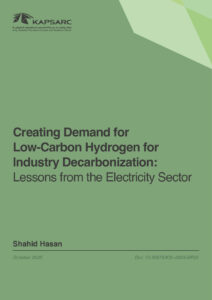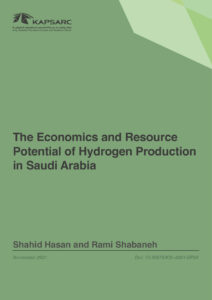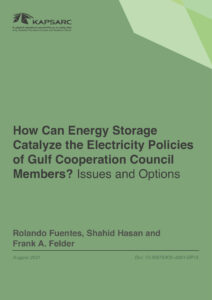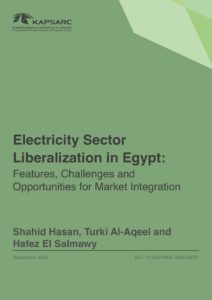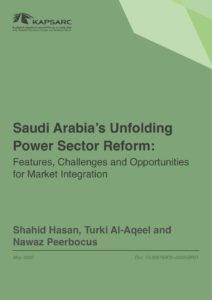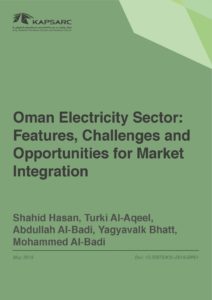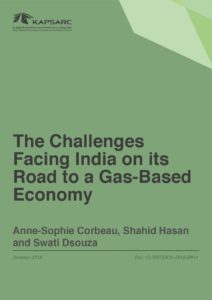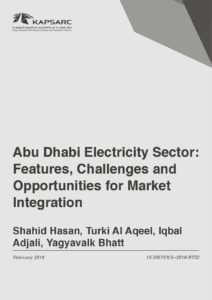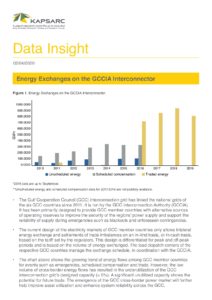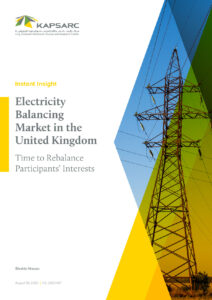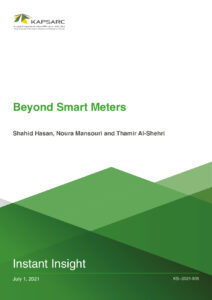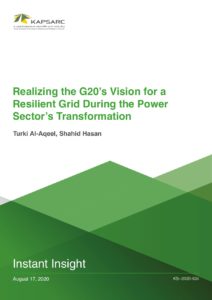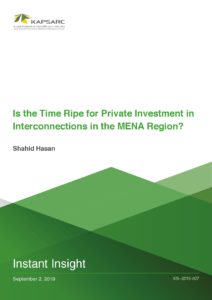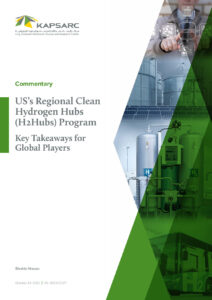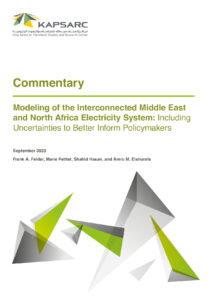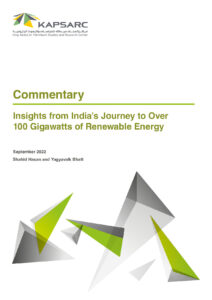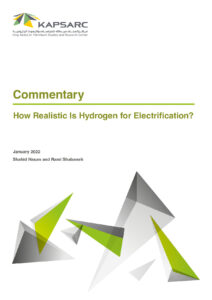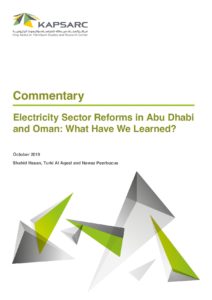Prior to joining KAPSARC, Shahid was an associate director at TERI, an independent research institution working in the areas of energy, environment and sustainable development. As part of his managerial responsibilities, he was responsible for defining, providing direction, implementing research agenda. he has immensely enjoyed working in a team, guiding and mentoring fellow colleagues. As an energy specialist with research and consulting experience, Shahid has worked on various aspects of electricity market reforms covering a range of issues around energy-economics, energy-policy/regulation, energy-markets, energy-sustainability, pricing, DSM especially related to the electricity industry in India and abroad. He has interacted widely with policymakers, regulators, utilities (public and private), multi-lateral & bi-lateral organizations, and international research institutions. He also contributed to a number of government reports aimed to facilitate transition of the energy sector. Representation as energy sector specialist in a number of national and international expert groups/task forces etc.
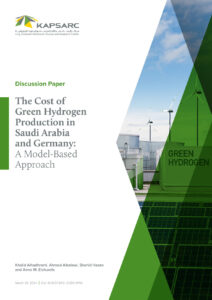
The Cost of Green Hydrogen Production in Saudi Arabia and Germany: A Model-Based Approach
With over seventy countries setting net-zero commitments by or around mid-century, low-carbon hydrogen (H2) is expected to play a pivotal role in the decarbonization of the global economy, especially sectors less dependent on electricity, which are often termed as hard-to-abate industries.
25th March 2024
